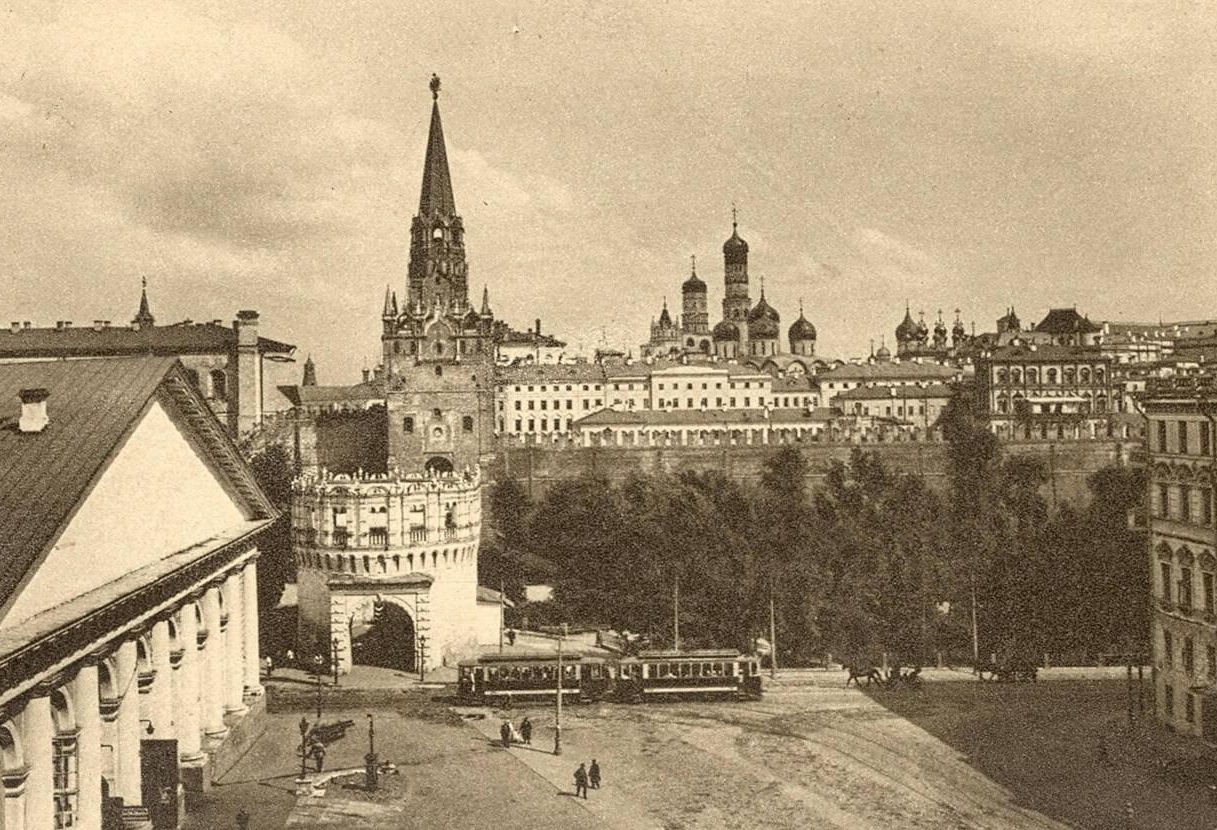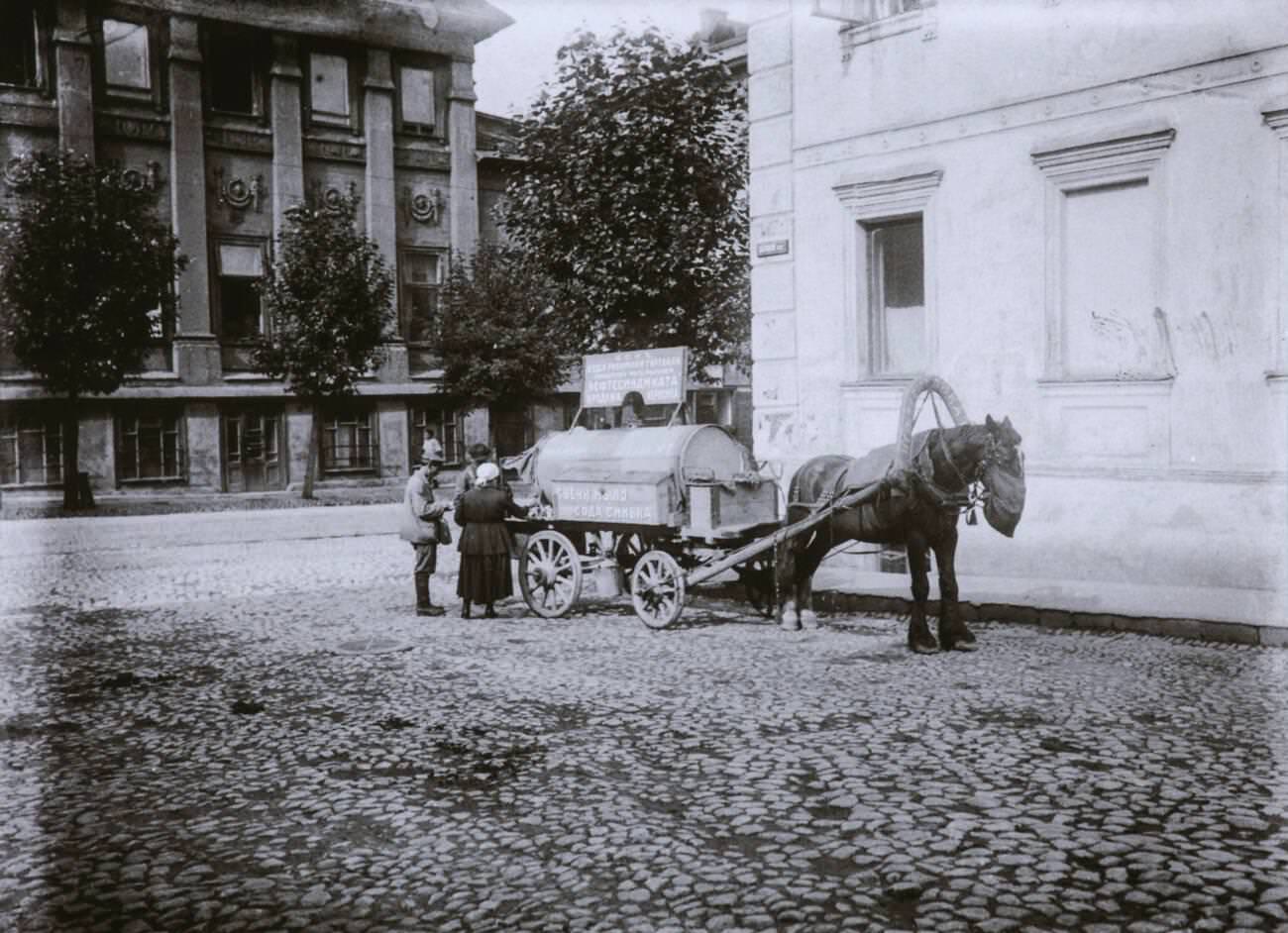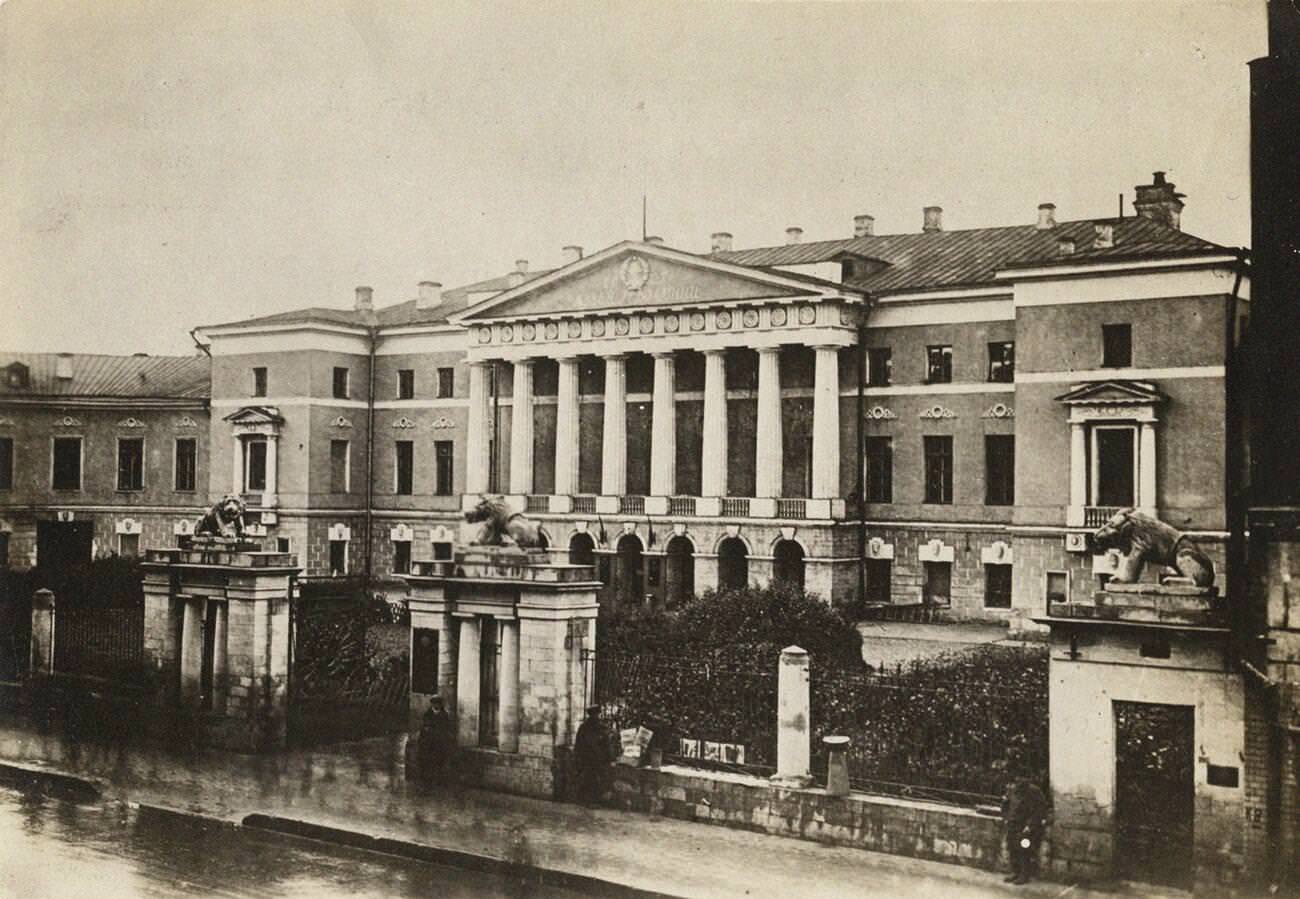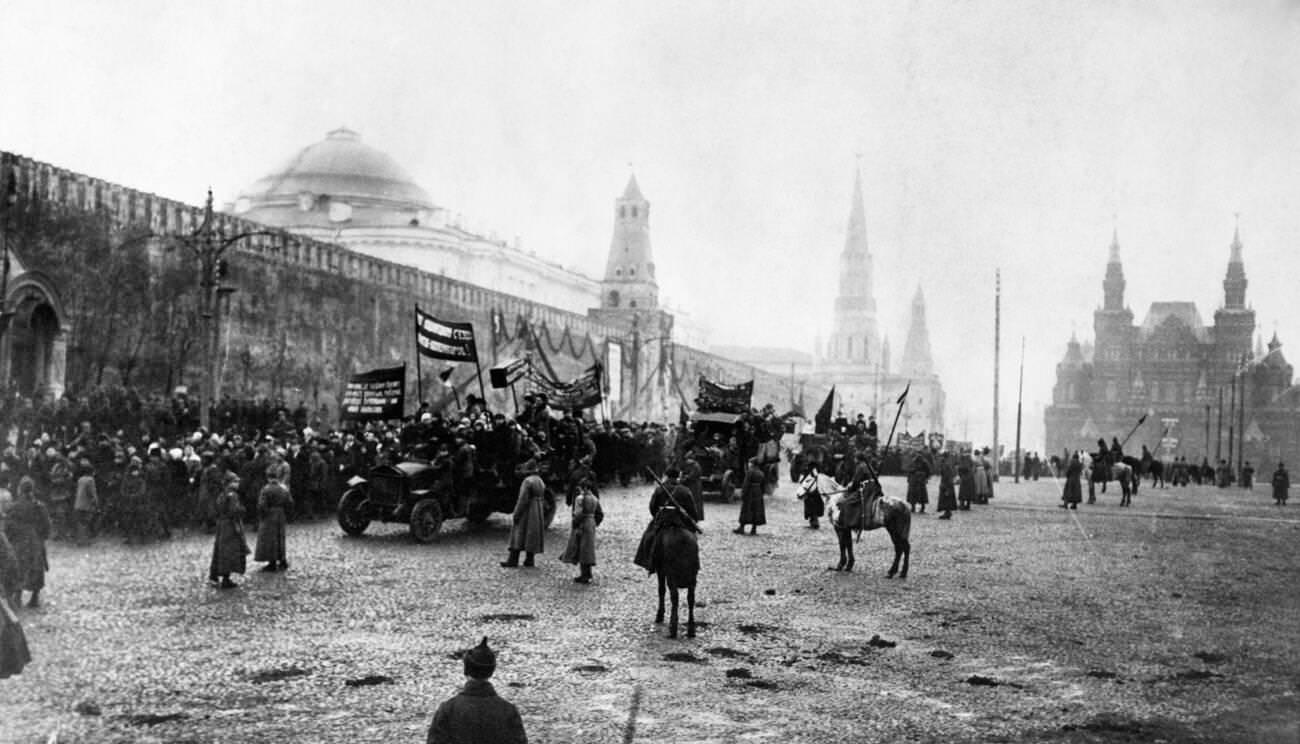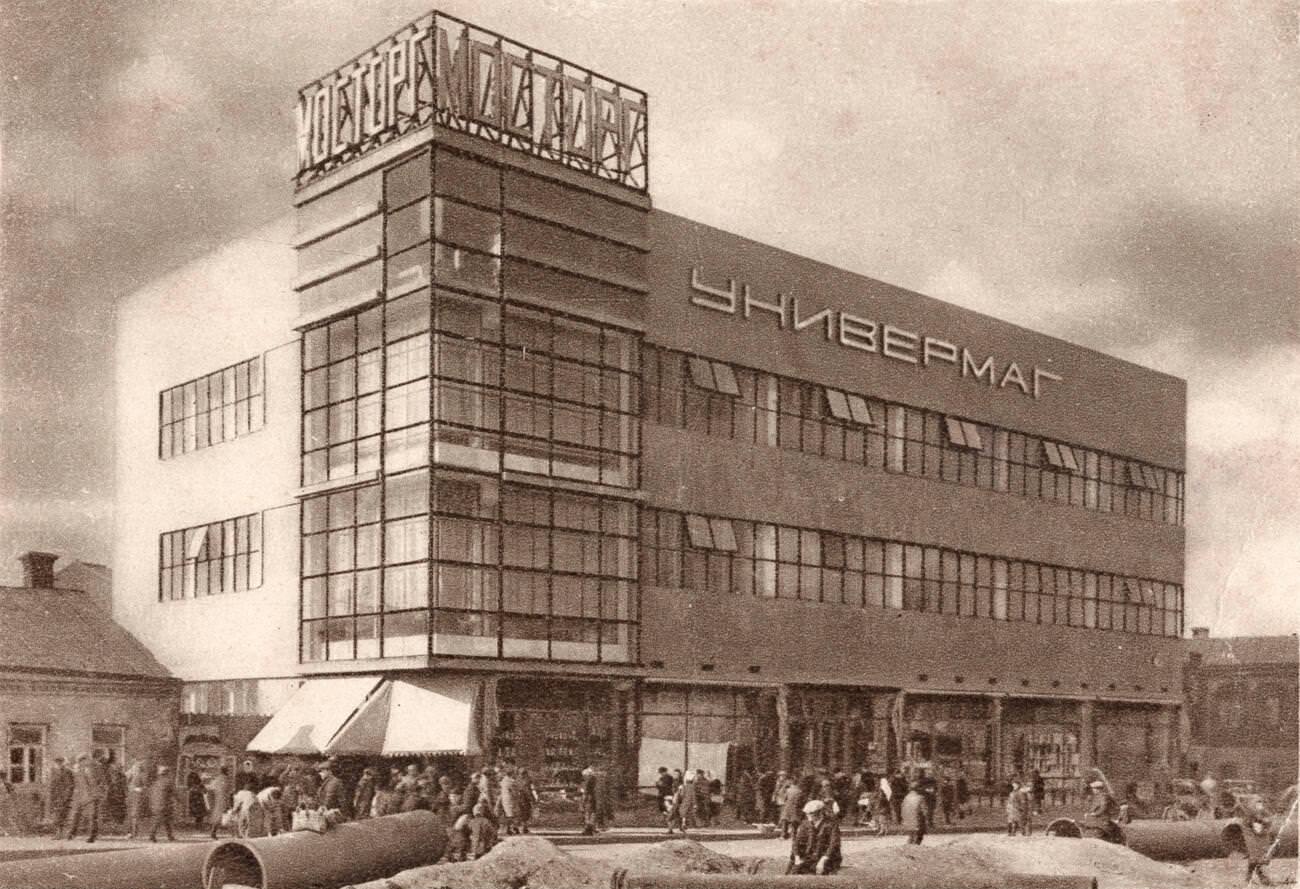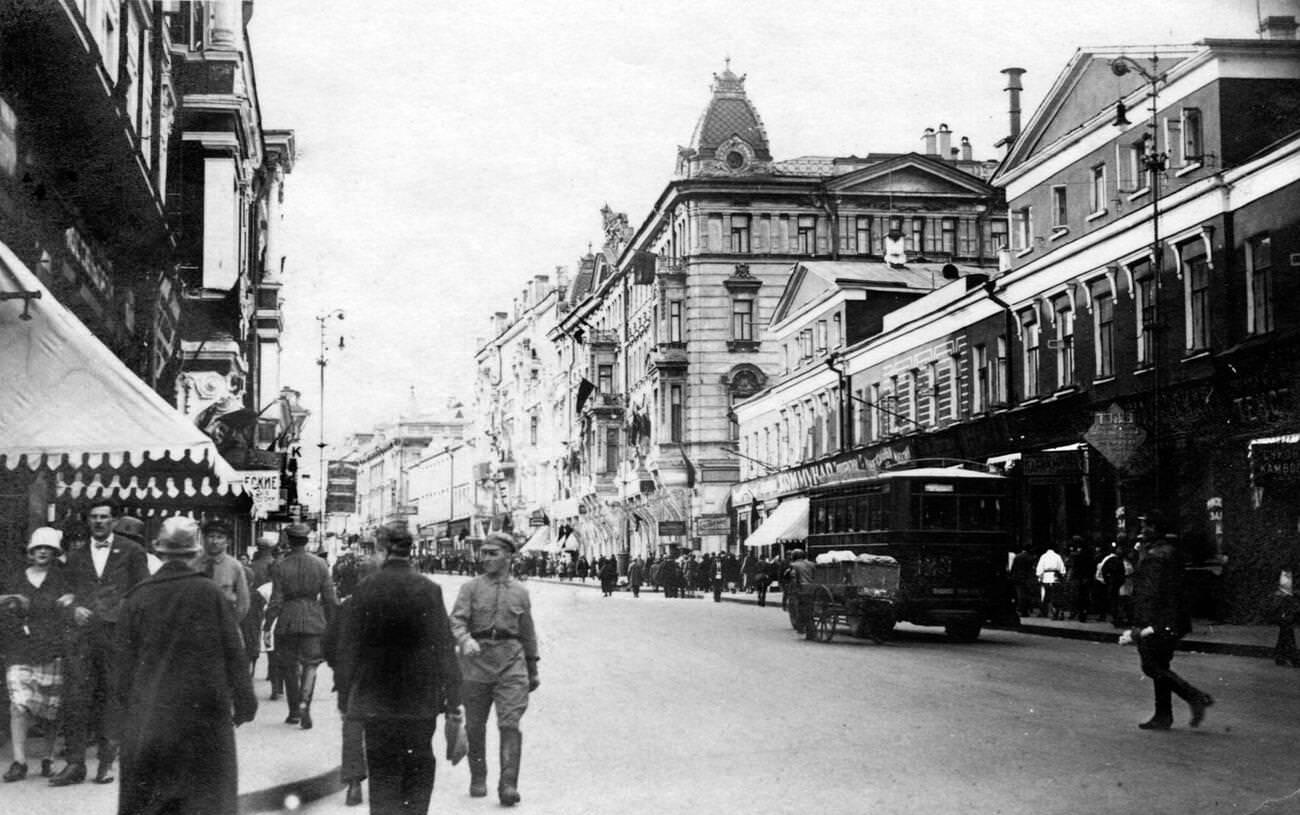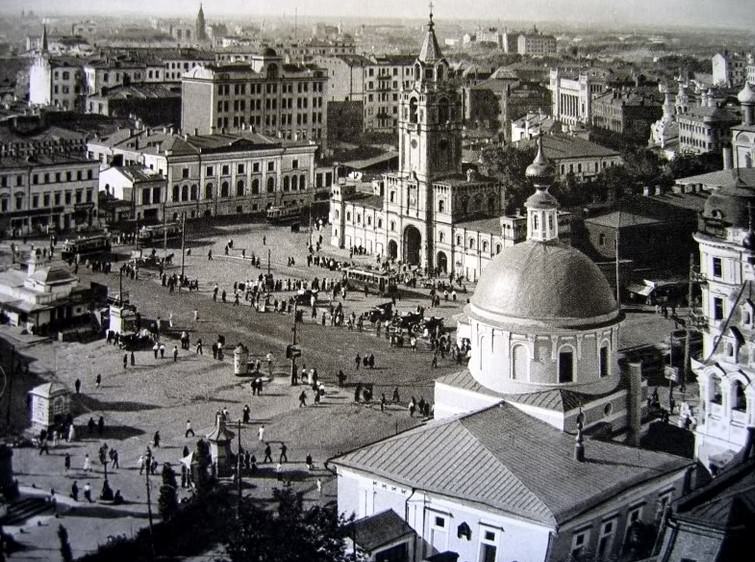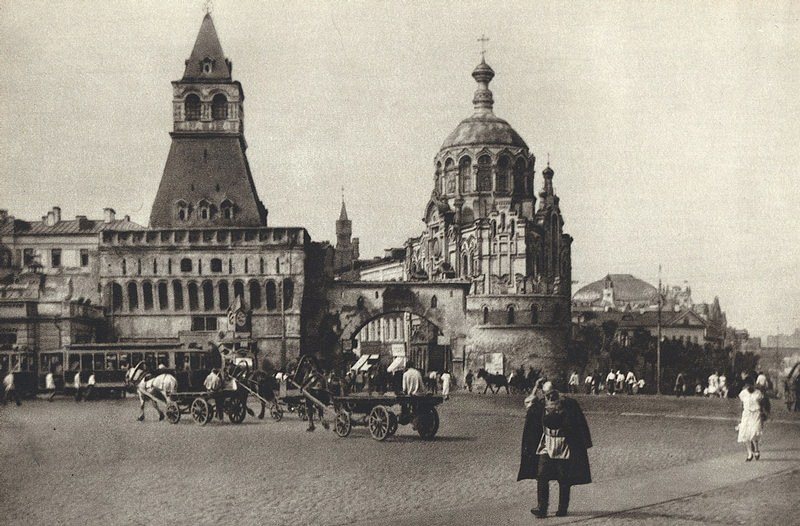The 1920s were a fascinating time for Moscow. This decade marked a period of significant change, as the city was recovering from the Russian Revolution of 1917. The revolution had brought the Bolsheviks to power, leading to a new government and a new way of life. People in Moscow experienced both challenges and opportunities during this time.
After the revolution, Moscow became the capital of the Soviet Union. The city faced many struggles in the early 1920s. There were shortages of food, housing, and basic goods. Many people were still recovering from the civil war that followed the revolution. However, the government worked hard to rebuild the city and the economy.
Architectural Changes
Moscow’s architecture began to transform in the 1920s. The new government wanted to showcase its power and modernity. Old buildings were often replaced or remodeled to reflect Soviet ideals. Constructivism, an architectural style that emphasized functionality, became popular. Buildings were designed to serve the needs of the people, rather than just to look beautiful..
Read more
One of the most famous examples of this style is the Narkomfin Building. This structure was built to provide housing for workers. It featured communal living spaces and modern amenities. The design aimed to promote a sense of community among residents.
Cultural Life in Moscow
Despite the hardships, cultural life flourished in Moscow during the 1920s. The arts thrived under the new regime. Writers, artists, and musicians found ways to express their ideas. The government supported cultural activities as a way to promote Soviet values.
The Moscow Art Theatre continued to be a significant cultural center. It showcased plays that often reflected social issues and the new Soviet society. Avant-garde art movements also gained popularity. Artists experimented with new forms and styles, pushing the boundaries of traditional art.
The Role of Education
Education was a top priority for the Soviet government. The Bolsheviks believed that education was essential for building a new society. Schools were established to provide free education to everyone. Literacy campaigns were launched to teach people how to read and write. This focus on education helped raise the overall literacy rate in the country.
In universities, new subjects were introduced. Students studied Marxism, economics, and the sciences. The government encouraged critical thinking and creativity. This emphasis on education shaped the minds of a new generation.
Changes in Society
The 1920s brought significant changes to society in Moscow. Traditional values began to shift. Women gained more rights and opportunities. The government promoted gender equality, encouraging women to enter the workforce. Many women took on roles in factories, schools, and offices.
The family structure also changed. The government supported divorce and encouraged a more modern view of relationships. This led to new ideas about love and marriage. People began to focus on personal happiness rather than traditional expectations.
The New Economic Policy
In 1921, the Soviet government introduced the New Economic Policy (NEP). This policy allowed for some private enterprise and small businesses. The NEP aimed to revive the struggling economy. Farmers were allowed to sell their produce for profit, which helped increase food production.
In cities like Moscow, small shops and markets began to appear. People could buy goods that had been hard to find during the war. This economic shift brought some stability to the city. However, it also created a divide between rich and poor.
The Rise of the Communist Party
The Communist Party gained power in Moscow during the 1920s. Party officials worked to consolidate their control over the city and the entire country. They established a one-party system, limiting opposition. Political dissent was not tolerated, and those who criticized the government faced severe consequences.
Propaganda became a powerful tool during this time. The government used posters, films, and literature to promote its message. The goal was to inspire loyalty and support for the Communist Party. Many artists and writers were encouraged to create works that celebrated Soviet ideals.



